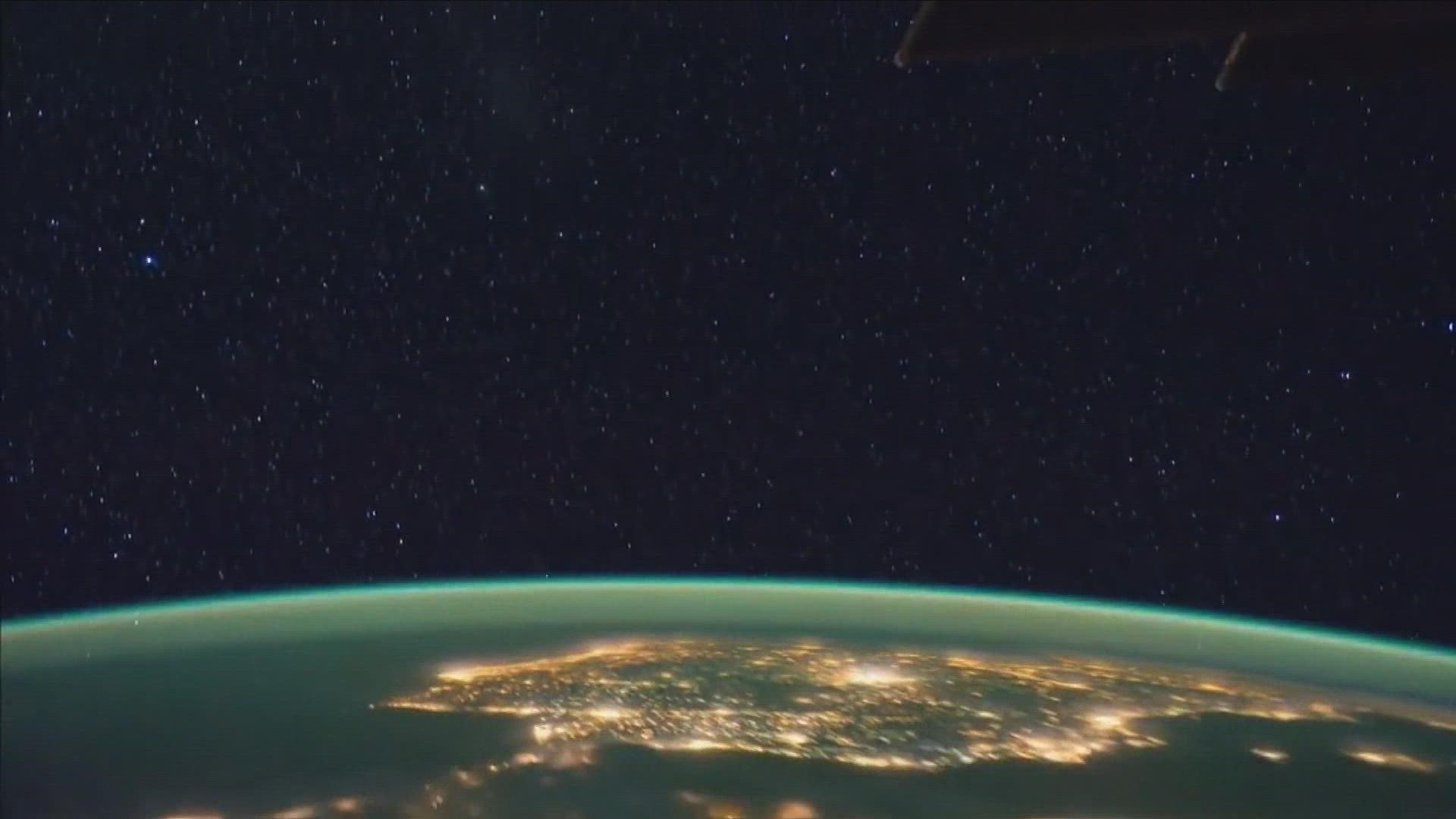AMHERST, N.Y. — And as we consider space flight to the moon once again with the effort to launch the Artemis One Space Launch System rocket, there's the additional issue of space "junk" in earth's orbit.
That's the focus of a UB professor and his crew of student engineers who have thought about the potential risks to the many sophisticated satellites now in orbit around the Earth. .
Dr. John Crassidis points out "Without those satellites, we're gonna be in a lot of trouble."
Indeed while we take them for granted, those unseen satellites hundreds of miles up in space do everything from providing crucial communications and internet access to linking our financial transactions and helping to guide us from our phone or car's navigation system. They also defend us from potential enemies.
But now some may be potential orbiting sitting ducks. Because as we have launched so more stuff up there since the late 1950's, there's a greater chance of a collision with space debris circling earth.
It's been infamously depicted in a graphic which looks like a belt circling the earth with dust particles representing known space junk. That can be anything from old parts of no longer functioning spacecraft to small debris from any spacecraft which were damaged in one of these collisions.
Professor Crassidis who is a Distinguished Professor with the UB Aerospace Engineering Department on the North Campus says "we currently track about 30,000 objects that are softball size and bigger. And it's not so much the size of the objects - it's the speed that they're going at. They're going at a minimum velocity of 17,000 miles per hour. You can imagine what a small little piece of debris like the size of a marble could do to a satellite. And the problem is we want to be able to understand where those objects are gonna go."
So now Crassidis has been awarded a $5 Million dollar Air Force Research Laboratory grant to upgrade that space junk tracking ability. That effort may be assisted using a microsatellite called Glados which was partially built by students at a specialized UB lab on the North Campus.
Crassidis says there are other national defense implications with projects under a program called Space Domain Awareness. "There is an attack on our satellites every day actually and we need to defend against that. And if we do that we have to understand what other adversaries are doing with their satellites in respect to our satellites."
And for the future even beyond earth orbit, a space missions like Artemis again push towards the moon where our tracking ability is limited "What can we do we do to see objects in that so - called cone of shame (low visibility) ahead of our adversaries?"
So there is a goal for this UB engineering professor who has worked in the past directly with NASA building satellites. "Once we get better predictions we can do better calculations of the probability of collisions with other objects."
And perhaps they can help satellites develop their own life-saving systems like changing their orbits to dodge incoming space debris. "Hopefully move away quick enough before damage is done."
Left unmentioned is the potential risk for astronauts who could come into contact with debris while performing a space walk or EVA activity outside the International Space Station or some other future spacecraft.
That Glados satellite, which Professor Crassidis and UB students helped build, has had its launch date pushed back from this coming December to June 2024 at Vandenberg Air Force Base in California.

